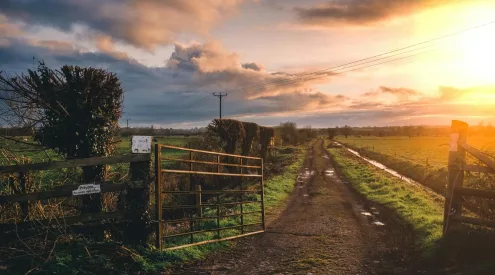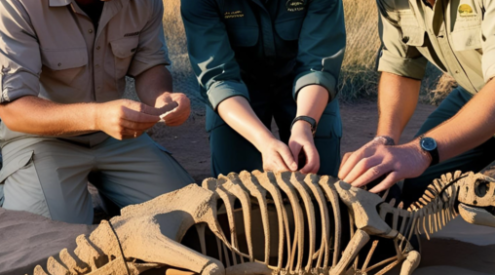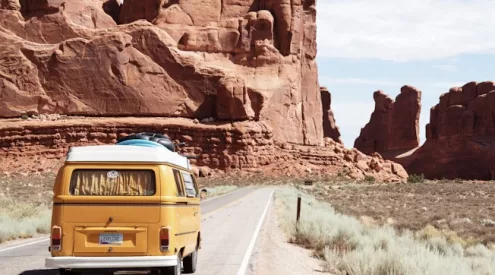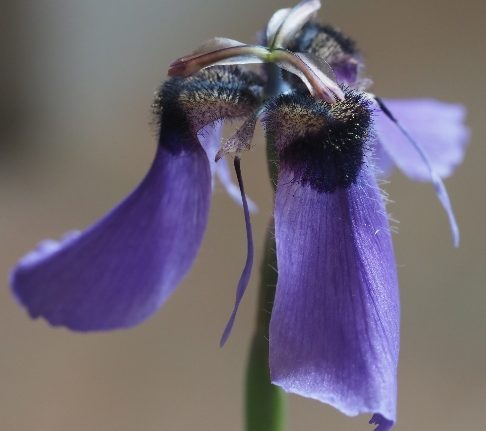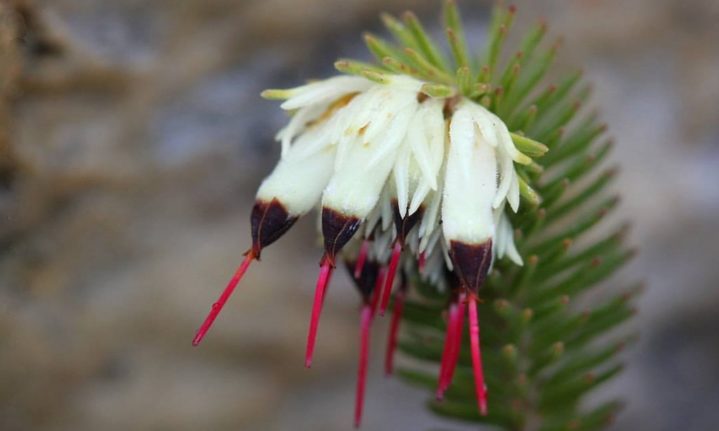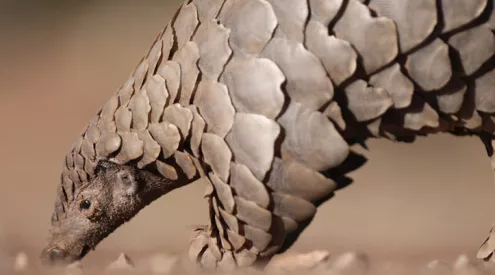South Africa is known for its expansive, unique flora and fauna. Home to three global biodiversity hotspots and approximately 21 000 species, conservation is an extremely important issue. To conserve South Africa’s rich biodiversity, one needs to be equipped with fundamental knowledge of what that biodiversity consists of.
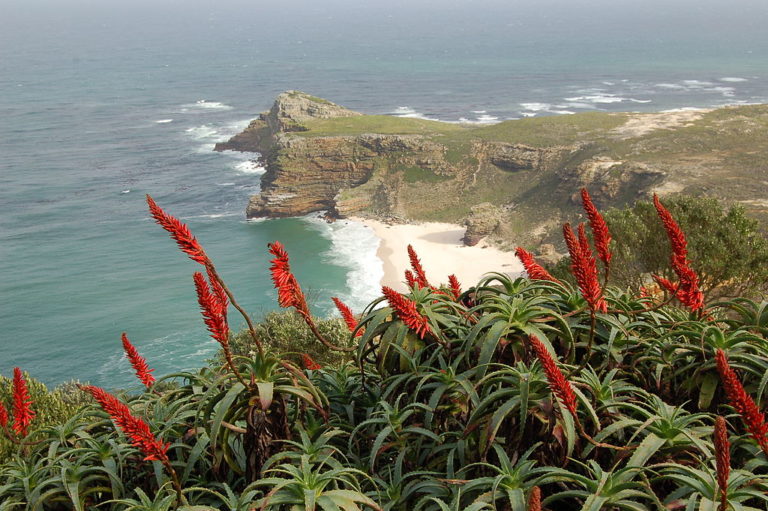
Cape of Good Hope flora
At present, nearly a quarter of South Africa’s flora is classed as threatened with extinction or cause for conservation under the International Union for Conservation of Nature’s Red List of Threatened Species. The effects are telling, with the Western Cape region recording the second most extinctions globally since 1900.
Adding to this problem is the fact that many of South Africa’s threatened plants are ephemeral (plants that germinate, grow, flower, and set seed, provided weather conditions permit), thus making them harder to find and quantify.
This issue is further compounded by the fact that many threatened species have not yet been formally described and accepted as species by plant taxonomists. As it stands today, approximately 15% of South African plants need taxonomic revision.
South African flora is also the unfortunate victim of illegal poaching for various uses, and certain flora does not survive outside their habitat, not to mention the impact of invasive plant species (IAP) sucking up much of their water supply. Almost 40 plants have gone extinct since 1900 in the Western Cape alone. This is 500 times higher than the background extinction rate; the natural rate at which plants become extinct.
With that being said, have a look at some of South Africa’s critically endangered flora, and what they need to survive.
1. Serruria furcellata
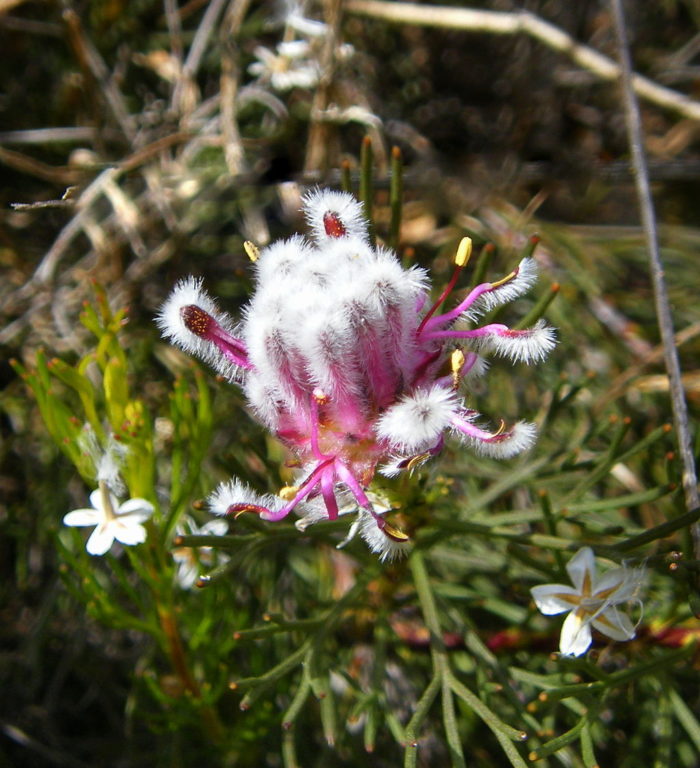
Known as the Kraaifontein spiderhead, this flora once flourished throughout Kraaifontein and Brackenfell in the Cape Flats. Its habitat is Cape Flats Sand Fynbos which is a critically endangered vegetation type, according to the South African National Biodiversity Institute.
Numerous threats such as habitat loss due to rapid industrialization, invasive alien plants, and uncontrolled wildfires brought this plant to fewer than 250 plants in the wild during the 1980s. By the end of the late 1990s, only two plants remained, which were destroyed by municipal bush cutting in 2005. The following year, this plant was classified as critically endangered on South Africa’s Red List.
As of 2013, only one plant is known in the wild. The threats which brought this species to its knees has not disappeared but has perhaps increased exponentially. With only one plant in the wild, and the plant’s inability to survive in pots or outside its habitat, restoration of this plant in its natural habitat is imperative to its survival.
2. Moraea loubseri
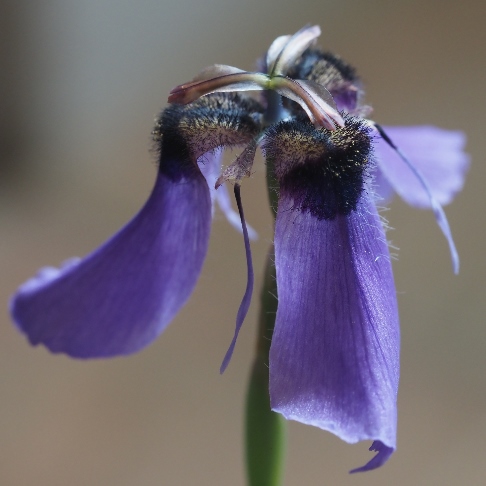
Moraea loubseri, also known as the Spinnekopflappie has only one known location; a granite outcrop near Langebaan on the West Coast. At the time of its discovery, it was described to be abundant in population. However, extensive quarrying for construction projects rapidly wiped out 80% of the site. Its survival was further threatened by overgrazing and burrowing porcupines disturbing the remaining plants.
By 2009, the plant was listed as possibly extinct. This classification was revisited when two plants were found in 2011, indicating that there is a viable population of the species remaining in the wild. Moraea loubseri was subsequently reclassified as critically endangered.
Whilst granite outcrop is by no means otherworldly or unique like much of the plants on this list, it is the only habitat in which it grows. However, conservationists are hopeful, as the plant has proved to be very easy to cultivate. Conservationists have therefore argued to both reintroduce and augment the existing population in order to ensure the survival of the plant.
3. Mimetes stokoei

Mimetes stokoei was discovered in the Palmiet River Mountains, and right off the bat was recognised as a very rare species, since there had never been more than 40 plants at any given time. The plant was believed to be extinct due to the devastation of wildflower harvesting. However, renewed hope surfaced when 40 plants reappeared in 1999 after a fire. These plants flowered in 2004. Seeing as these plants only flower in March, the population was monitored extensively.
The plant also underwent reclassification, and was classified as critically endangered in 2006. Unfortunately, every year a couple of plants died, to the point where there were only five plants left in 2010. Several other habitats were extensively searched for remnants of this rare plant without avail.
The current remaining plants are being monitored extensively, to protect them from unconfined fires, as well as plant pathogens which causes root rot. At present, nothing else can be done.
4. Brunia trigyna
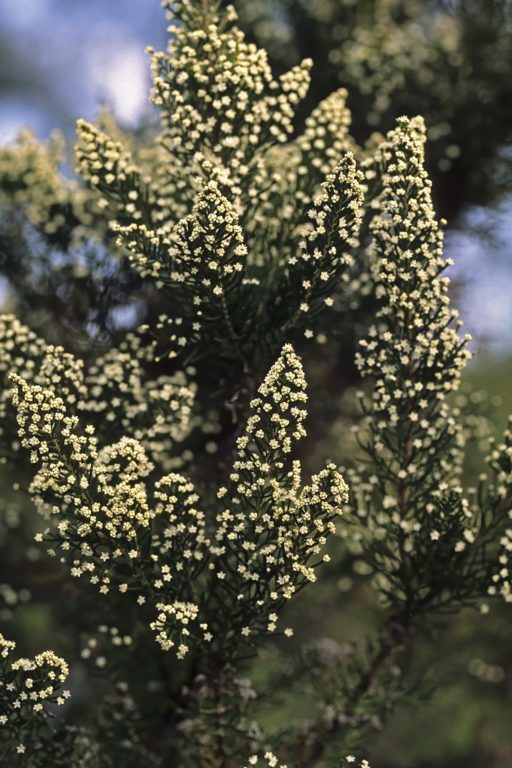
Known as the Pondoland ghostbush, this plant grows in open grasslands on Msikaba sandstone. It prefers moist areas. Whilst it was previously an expansive plant, in the 1960s it reached a critical low due to agricultural expansion and uncontrolled fires. Extinction was a strong possibility which experts were considering, however, in 2001 the plant was rediscovered.
There are approximately 20 mature plants in the wild, albeit in severely fragmented sections. Its classification was revisited in 2018, and remained classified as critically endangered. Cross-pollination proved unsuccessful, though plants in the Umtamvuna and Mkambati Nature reserves seem to be doing well.
Whilst the population remains critically low, there are renewed hopes of the fertile population to ensure its survival. Fire management and continued protection of its population in the wild is imperative for the Pondoland ghostbush to multiply.
5. Erica jasminiflora

This unique plant calls Caledon it’s home. What started out as 150 plants in the 1970s turned into 15 plants a decade later, coming to a complete standstill in 1985. Fears of extinction resulted in attempts to reintroduce the plant, which was unsuccessful. However, conservationists were pleasantly surprised when approximately 75 plants were recorded in the 1990s.
Unfortunately, the numbers took a nosedive once more, with only two plants remaining in 2009. Two years later. It was classified as critically endangered. Its habitat was under severe duress due to IAPs, agricultural developments, and the loss of pollinators. Conservationists were determined to ensure the survival of this plant, and it was pollinated by hand with success.
In 2010, a member of the Botanical Society in Hermanus discovered a new population of this plant on a property. A team was sent to assess immediately and were thrilled to find 2000 plants approximately. This area is formally protected and carefully monitored. Though this discovery is great news, the plant remains critically endangered, as the past predicts their population frequently takes a nosedive.
Pictures: Wikimedia Commons
ALSO READ
NASA to map Cape Floral Kingdom in new research collaboration


